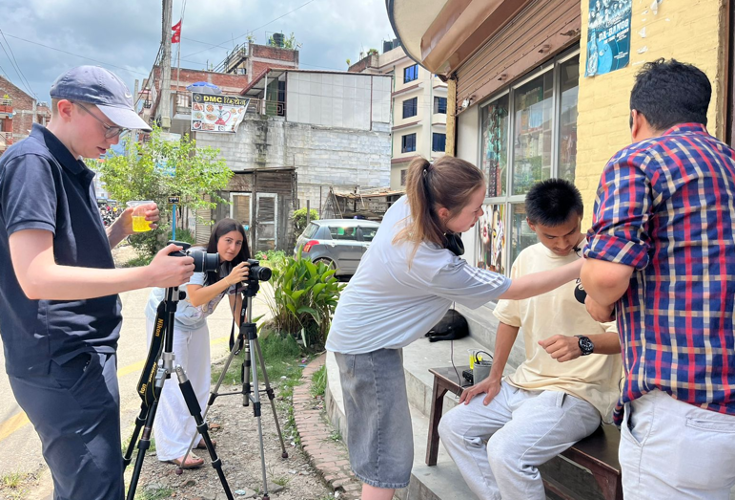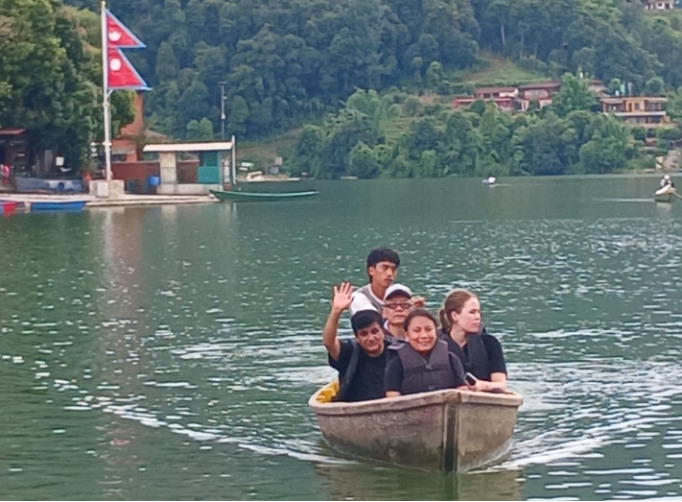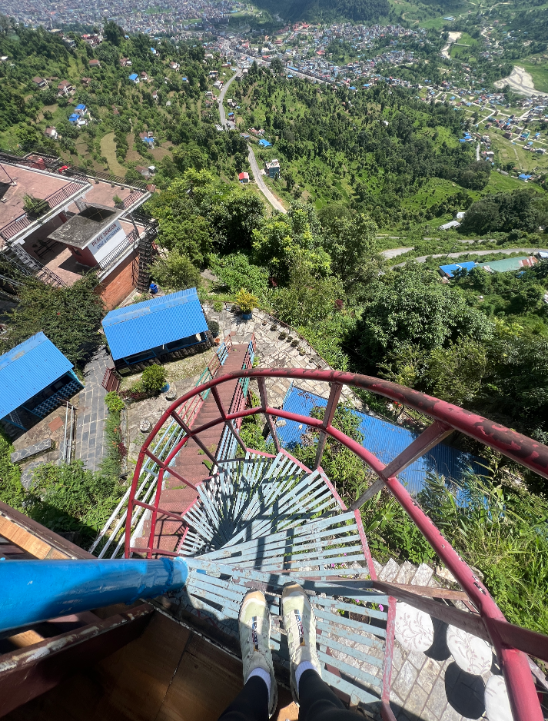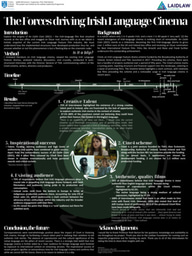Summer 2 Blog Post: LiA Showcase – My Journey Through Nepal
My month in Nepal began with a sense of curiosity and uncertainty as I embarked on my Leadership-in-Action project. Kathmandu greeted me with its chaos—dusty streets, erratic traffic, and a sea of unfamiliar faces. I felt out of place, but I quickly realised that Nepal had a way of disarming you. As I settled into the slower rhythm of life, I began to notice things. The pace here was more relaxed. People didn’t seem to be working hard or rushing through tasks. Life felt simpler.
The first notable experience was with the people themselves. Hospitality wasn’t just something you read about; it was ingrained in every interaction. Strangers would greet you with a smile and “Namaste.” At first, they stared at me like I was an alien, but as soon as they realised I was looking back, their smiles would grow even bigger. It was an odd mix of curiosity and warmth, devoid of malice. Whether it was asking for photos or passing on the street, I never felt uncomfortable.
This warmth extended to their way of speaking. Conversations could be frustrating—people often answered around questions, particularly men. It wasn’t a language issue; even if they understood, direct responses just weren’t deemed necessary. Yet by contract, their way of getting to know new friends was to ask those direct questions themselves! There was always a genuine politeness behind the deflection, as if saying too much too soon was intrusive. It took some getting used to, but I learned to read between the lines.

From my first days in the city, it became clear that Nepal was a land of contrasts. I would marvel at the breathtaking natural landscapes—endless mountains and serene green valleys—only to have the scene interrupted by crumbling infrastructure or dangerous driving. One day, on our way to Itahari, electrical wires fell onto our bus, barely missing a motorcyclist. Nobody seemed fazed. It was just another day in Nepal.
Our work with SOS Children’s Villages took me to several regions, each offering a new perspective on life in Nepal. People didn’t share the self-consciousness I often see back home. When I asked to take their photos, they would look right into the lens without hesitation. Some didn’t even change their expressions, but when I showed them the high-quality shots afterward, their reactions were unforgettable. They whooped with joy, and beckoned at their friends to come take a look.
But while photographing and speaking with people was rewarding, daily life had its challenges. Meals, for instance, were an experience of themselves. An empty plate was expected, no matter how full you claimed to be. It was as if saying no to more food was an insult. They’d keep serving, despite our protests. While I understood this as a sign of affection, it was one cultural difference that genuinely tested my patience. The food on the other hand, while repetitive (rice- always), was absolutely delicious. It always tested like it had been cooked straight out of the ground and the flavours were phenomenal. Every meal impressed except for dessert. Dessert was far far too sweet for my taste.
The sense of community was everywhere. People naturally referred to one another as didi (older sister) or dai (older brother), even with strangers. It was a closeness I found both comforting and foreign. Yet, in a country where family was so important, there was a disconnect. Two of the many colleagues that we got to know, one man and one woman, spoke of having partners who came home only on weekends due to work. This stood out to me, especially considering the repeated mantra within SOS that families are best kept together. Though this idea primarily focused on keeping children with relatives, it illustrated the sacrifices often made in their society. Arranged marriages were also common. One
Then there were the smaller, more personal moments that stuck with me. My scarf shopping expedition was one such moment. I’d read up on how to tell the difference between cashmere and synthetics—burnt hair smell versus gas—but I still got scammed. It was a success nevertheless—I paid less than I would have back home, and I walked away with real cashmere and my first real bartering story.

The contrasts continued throughout the trip. Driving through the mountains, the landscape felt like a different century, preserved in time. My friend snapped photos on his phone, the only modern element in sight. Then, there were the paragliding pilots—effortlessly cool guys, streetwear-clad and chain-smoking. We expected them to blast rap or hip-hop, but instead, they played soulful Nepali music on the way up the mountain. Once they were done catering to tourists, though, they even more surprisingly switched to Coldplay and Ed Sheeran.
My time in Itahari was marked by a festival that brought more moments of internal conflict. They put the traditional tikka on my nose, but all I could think about was the dust and how odd it looked against my pale skin. They placed flowers on my head, but I didn’t know how long I was supposed to balance them there. And when they fed me, I was torn between taking small bites and swallowing it all in one go. The line between respecting their culture and preserving my comfort and levels of self-consciousness were hard to navigate in the moment.
By the time I returned to Kathmandu after traveling to several regions, the city felt different—almost civilised compared to the rural areas I’d visited. I remembered the woman who first invited me to sit beside her on the bus upon my arrival. It had been such a simple gesture, but one that set the tone for my entire experience. In retrospect, Kathmandu, which had initially seemed chaotic and disheveled, now felt like a hub of modernity. The contrast was striking.
Nepal had a way of surprising me at every turn. There was a mix of beauty, frustration, simplicity, and complexity that I still haven’t fully processed. My time there wasn’t always easy—cultural differences, language barriers, and infrastructure issues were real challenges—but these were the experiences that shaped my understanding of the country. It wasn’t about romanticising Nepal; it was about navigating a place full of beauty as well as contradictions and coming to terms with the curiosity, discomfort and joy that came with that.



Please sign in
If you are a registered user on Laidlaw Scholars Network, please sign in